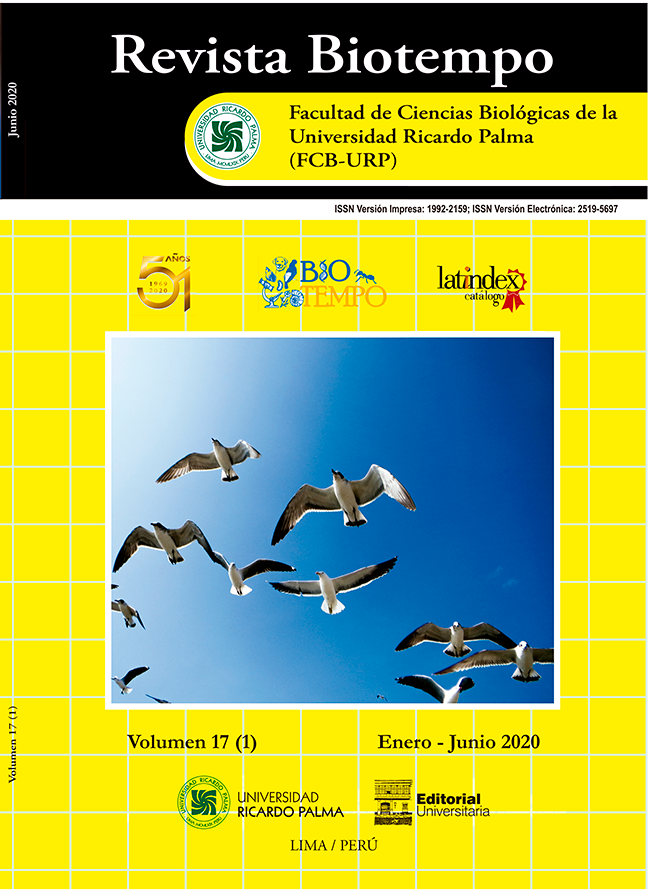IMPACT OF THE MINING ACTIVITY OF THE “HUMASHA” EXPLOITATION PROJECT IN THE ALTO-ANDEAN ECOSYSTEM, PAMPA DE COSHOROCOCHA, HUAYLLAY DISTRICT, PASCO - PERÚ
DOI:
https://doi.org/10.31381/biotempo.v17i1.3145Keywords:
High andean ecosystem, Environmental impact assessment, management plan, mitigation measureAbstract
The high Andean ecosystems in Peru constitute 14% of the surface of the territory at a national level and mining; the extractive activity of this area generates impacts in its exploration, exploitation, mineral processing and metallurgical processing activities considering the construction, operation and mine closure. Upon completion, it is a priority to recover the disturbed area and leave it in a state similar to that initially found. In the present investigation, the general objective was to identify the impacts of the mining activity that the " Humasha" Exploitation Project would generate in the stage of construction to the high Andean ecosystem, Pampa de Coshorococha, Huayllay-Pasco District, to implement a plan of management, with mitigation measures that counteract these impacts. The study was carried out through three stages: pre-field, field and cabinet; detailing that in the pre - field stage the mining components were already determined, in the field stage, during the recognition and survey of the biological sampling of the taxa of: flora, fauna: ornithofauna, mastofauna and herpetofauna, determining that the evaluation was given in the dry or low season; and in the cabinet stage, the field data was processed, the matrix was evaluated and valued using the Conesa method. From the results obtained, it is mentioned that, in flora, the Asteraceae was the one that presented the greatest wealth with 14 species (41%); in ornithofauna, the Furnariidae presented greater richness with three species (37.5%); in mastofauna, seven species were registered, distributed in 2 groups; among small terrestrial mammals only one species of the Cricetidae was registered, while in medium and large mammals six species were registered, with the Camelidae being the one that presented the greatest wealth with two species (29%) and in herpetofauna no species was registered. Likewise, 54 bofedales were registered in the inventory. Finally, in the Conesa matrix, the construction stage was evaluated and assessed, it was determined that the degree of significance that the project can generate to the high Andean ecosystem is irrelevant or slight, also generating a management plan and providing mitigation measures.










